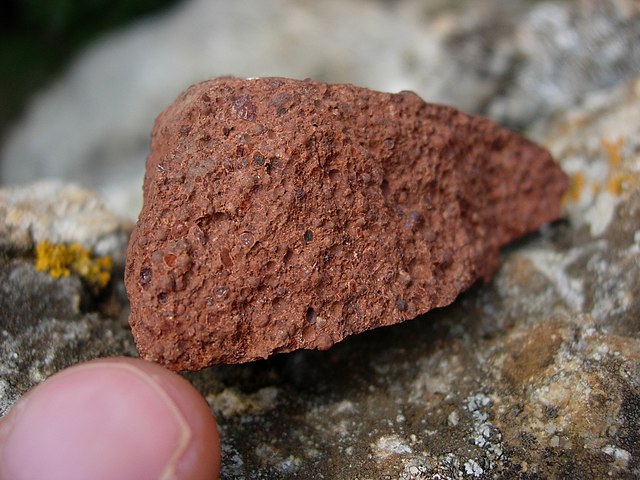Charles Martin Hall was an American inventor, businessman, and chemist. He is best known for his invention in 1886 of an inexpensive method for producing aluminum, which became the first metal to attain widespread use since the prehistoric discovery of iron. He was one of the founders of Alcoa, along with Alfred E. Hunt; Hunt's partner at the Pittsburgh Testing Laboratory, George Hubbard Clapp; Hunt's chief chemist, W. S. Sample; Howard Lash, head of the Carbon Steel Company; Millard Hunsiker, sales manager for the Carbon Steel Company; and Robert Scott, a mill superintendent for the Carnegie Steel Company. Together they raised $20,000 to launch the Pittsburgh Reduction Company, which was later renamed Aluminum Company of America and then shortened to Alcoa.
Charles Martin Hall
Aluminium is a chemical element; it has symbol Al and atomic number 13. Aluminium has a density lower than that of other common metals, about one-third that of steel. It has a great affinity towards oxygen, forming a protective layer of oxide on the surface when exposed to air. Aluminium visually resembles silver, both in its color and in its great ability to reflect light. It is soft, nonmagnetic, and ductile. It has one stable isotope, 27Al, which is highly abundant, making aluminium the twelfth-most common element in the universe. The radioactivity of 26Al, a more unstable isotope, leads to it being used in radiometric dating.
Aluminium
Bauxite, a major aluminium ore. The red-brown color is due to the presence of iron oxide minerals.
Friedrich Wöhler, the chemist who first thoroughly described metallic elemental aluminium
The statue of Anteros in Piccadilly Circus, London, was made in 1893 and is one of the first statues cast in aluminium.





